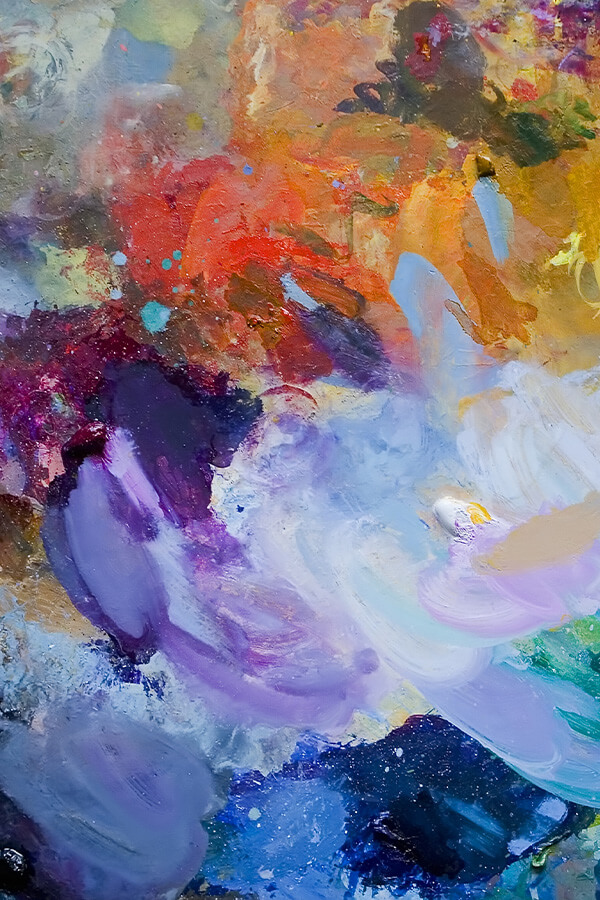
Watercolors: What to Mix First
Paint with light colors first and work up to darker colors.

Paint with light colors first and work up to darker colors.
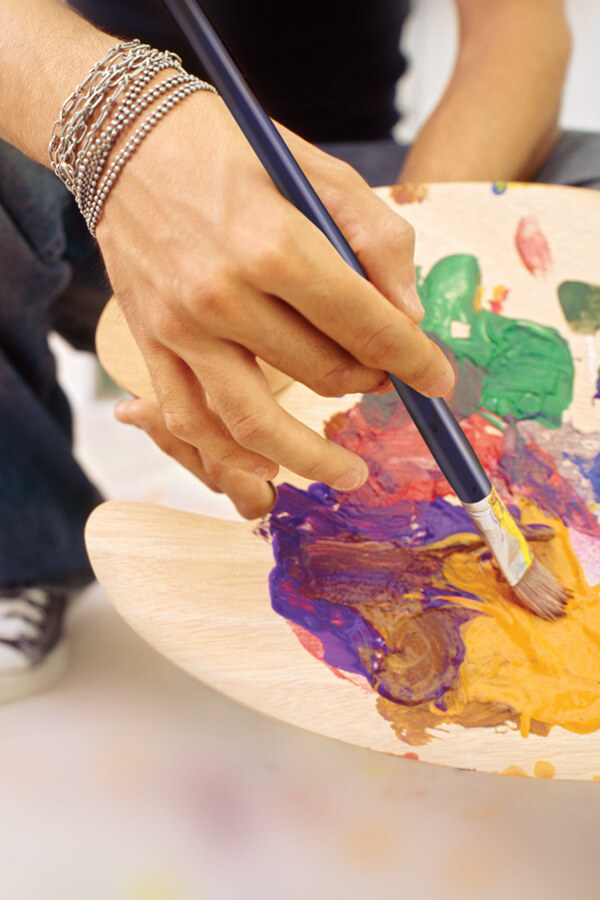
Some mistakes can be lifted by sponging with clean water and blotting; however, some “staining” pigments can’t be entirely removed.
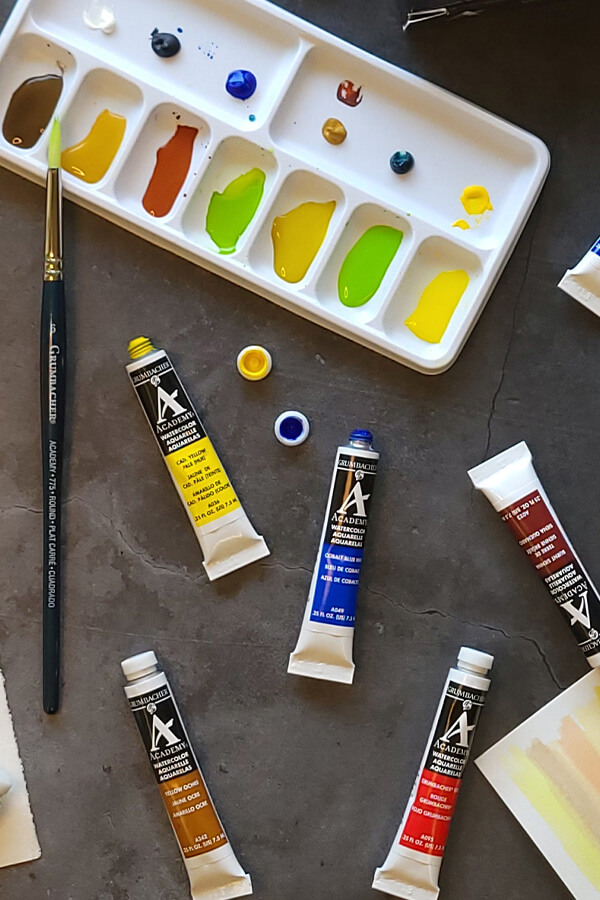
All watercolors should be diluted with water, not used straight from the tube.
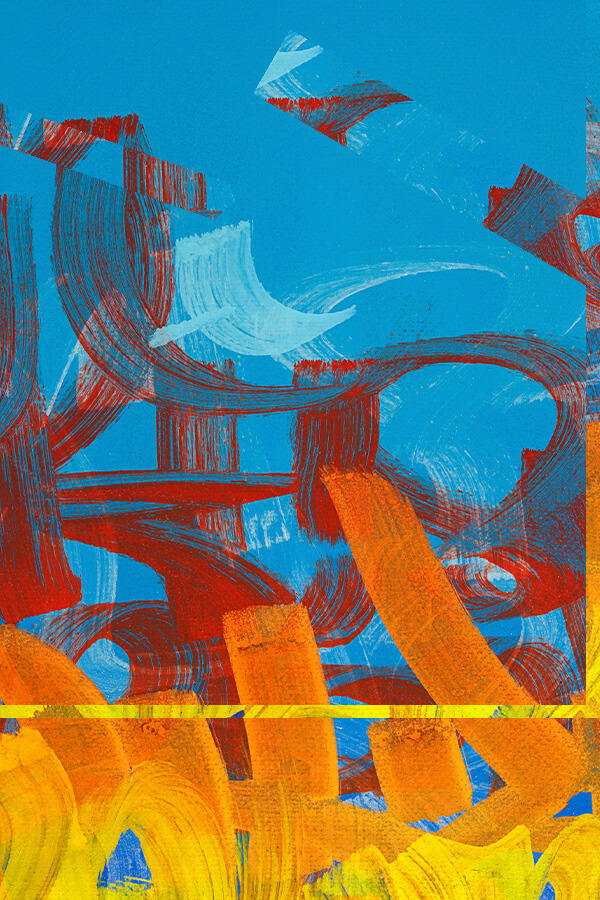
Hard-edged images can be achieved by marking off areas with masking tape.
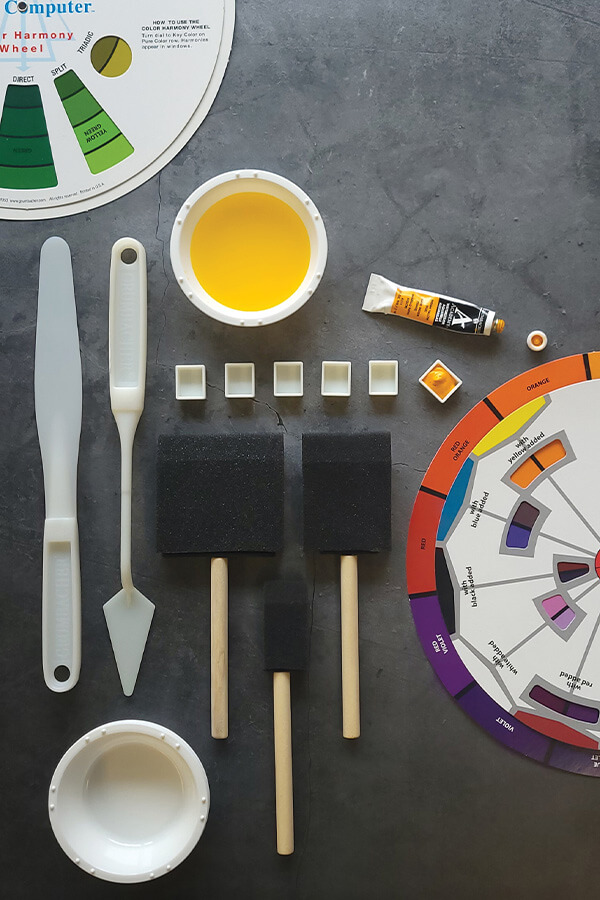
Acrylics dry very quickly and should be kept moist on the palette. A spray mister filled with water is helpful for this purpose.
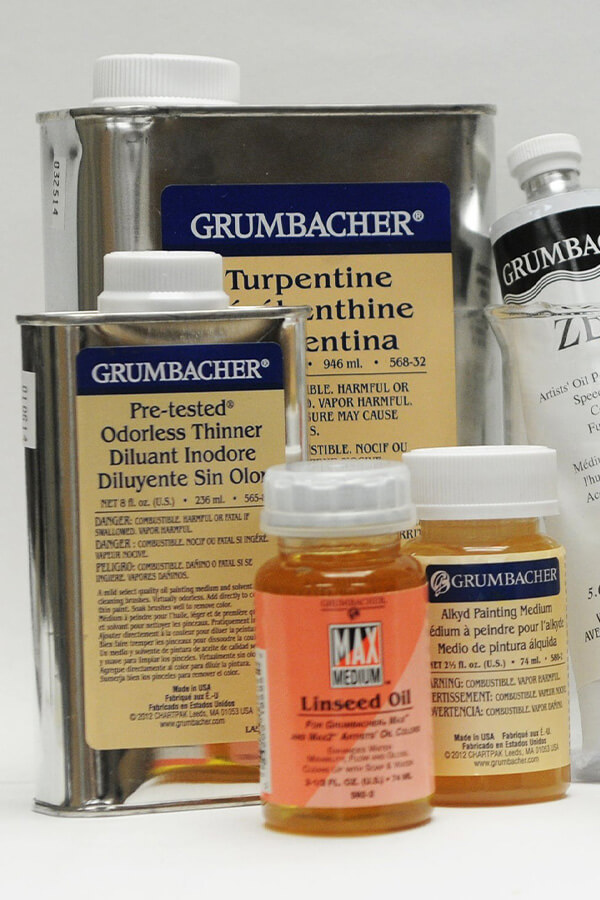
For acrylics, a non-porous palette, such as a large sheet of glass or enamel butcher tray works better than the traditional wooden palette, which will absorb water from the paints. Wood, glass, and enamel palettes are all suitable for oil painting. Watercolor paint works best with a palette that contains multiple wells, these are usually plastic. Disposable paper palettes have a special coating that allows artists to mix colors and media without it sticking or absorbing, they work with most paints. When one is done painting, these palettes can be thrown away in accordance to your region’s disposal guidelines.

Protect the surface of a finished painting with a removable varnish. Dirt, dust and smoke discolorations adhere to the varnish over time and can be removed along with the varnish to restore the painting.

Raw canvas should be sized before priming by brushing with hide glue or acrylic matte medium. Prime the sized canvas with acrylic gesso or white lead primer.

When in a bind, the best way to create some beautiful earth tones when you have run out of your favorites is to combine Alizarin Crimson with yellows or greens to create a variety of similar earth tones.

Be sure to break all of the starch out of your brush before use. Bend the hairs back and forth to loosen the starch, then soak the brush in water and squeeze the hairs with your fingers starting at the ferrule and squeezing down towards the tip. This will eliminate any starch than can effect the performance of your brush.

Place pebbles or marbles into a medium bottle in order to raise the level of the medium close to the sealed top. This allows less oxygen to react with the medium and preserves it for much longer.